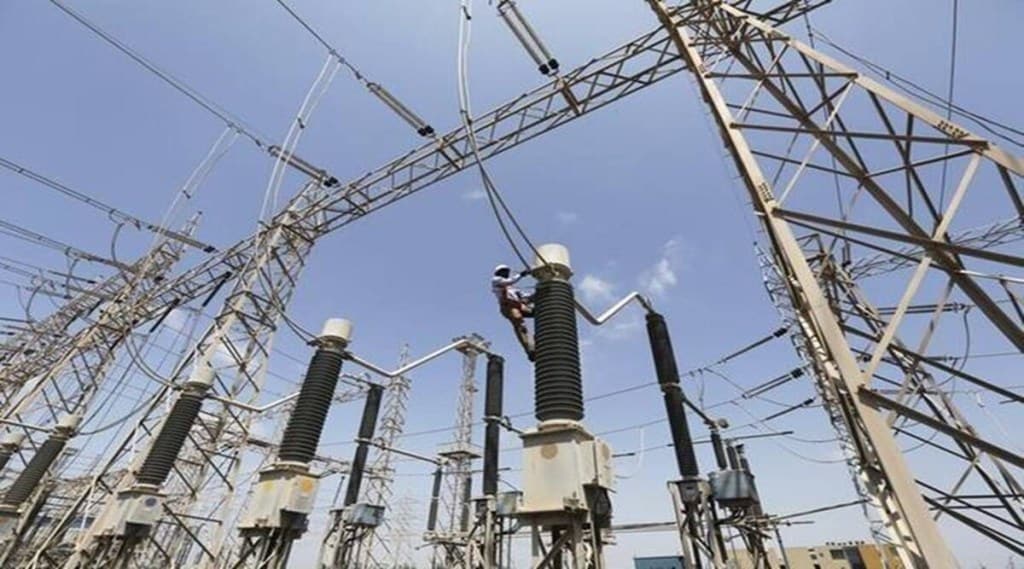By Pramod Deo & Arijit Maitra
Power demand is galloping as the economy recovers from the lows of the pandemic and summer temperatures rise. A lot is being discussed in our media about the demand-supply mismatch and planned measures to augment supplies. Several states are experiencing power-cuts, for which we have a euphemism: ‘load shedding’.
We, therefore, plan to discuss how to manage this shortage equitably and with minimal economic impact. We came across an order dated April 11, 2022, passed by the Andhra Pradesh Electricity Regulatory Commission (APERC), imposing ‘Restriction & Control (R&C) measures’ for two weeks based on a representation made by AP distribution companies (discoms) that has sought permission to impose certain restrictions on power supply under section 23 of the Electricity Act, 2003 (EA 03).
APERC has imposed a 50% cut in contracted demand for continuous process industries; one additional weekly power holiday for non-continuous process industries; advertisement hoardings/signboards to be switched off from 6 PM to 6 AM; 30-minutes and one-hour power-cuts for urban and rural residential consumers, respectively; and continuous day-time supply of power for seven hours instead of nine hours for agriculture.
Although this load shedding order does not give any reason or analysis for the prescribed protocol, it is heartening to note that it invokes the powers vested in the state commission under Section 23. In 2008, as the chairman of the Central Electricity Regulatory Commission and the ex-officio chair of the Forum of Regulators (a body comprising all the Chairmen of state commissions to harmonise regulations), one of us had proposed that state commissions should invoke their power under Section 23 to manage power shortage in their states. Their overwhelming response was negative—the management of power shortage, being a highly political matter, should be left to the state governments to handle. My argument that these powers under the law now vest in the state commissions, and that state governments have no locus standi, did not cut ice.
In 2004-05, Maharashtra faced a massive power shortage due to the collapse of the Enron deal, and there was no spare transmission capacity available to wheel in electricity from outside the state. There used to be a special Act brought by the state that empowered it to deal with such shortages. But with the enactment of EA 03, all state laws relating to electricity were subsumed by this law.
That summer, the Maharashtra Electricity Regulatory Commission (MERC) initiated, in consultation with the then Maharashtra State Electricity Board (MSEB), an exercise of holding public hearings at divisional headquarters on how to balance the demand and supply by factoring in consumer-category-wise hours of power-cuts. The commission had already, in its previous tariff order, linked power tariff to Aggregate Technical and Commercial (AT&C) losses. Divisions that had the highest losses were to pay the highest rate for a specific consumer category. Now, the hours of power-cut became the proxy for rates. Urban and rural areas that had the highest losses were to bear the maximum burden of power-cuts. In short, MERC made load shedding based on AT&C losses part of Maharashtra State Electricity Distribution Company Limited’s (MSEDCL’s) annual tariff order: Higher losses meant more hours of load shedding, while keeping the urban and rural area differential in mind.
The Supreme Court confirmed this role of the commission vide order dated May 13, 2005, in MSEB Vs. Anil & Others, directing that MSEB would carry out load shedding in consultation with the MERC.
Subsequently, MSEDCL changed its stance and went to the Appellate Tribunal on Electricity (APTEL), in Appeal No. 173 of 2008. The Tribunal, gathering on July 31, 2009, held that Section 23 of the Act gives adequate powers to the state commissions to pass necessary orders for securing equitable distribution of electricity. Further, the preamble of the Act contains a specific reference to the protection of consumer interest and measures conducive to the development of the electricity industry. Directions by the state commissions to adhere to load shedding protocol can also be treated as being in the nature of ‘standard’, with respect to continuity and reliability of service, by the appellant.
To sum up, all the states have had electricity regulators for more than two decades, and it is for them to regulate load shedding in consultation with the distribution companies and electricity consumers. As stated above, the Supreme Court has confirmed this position. If the regulators do not act, the consumer will suffer.
The authors are former chairman, CERC, and legal adviser working on regulatory issues, respectively.

